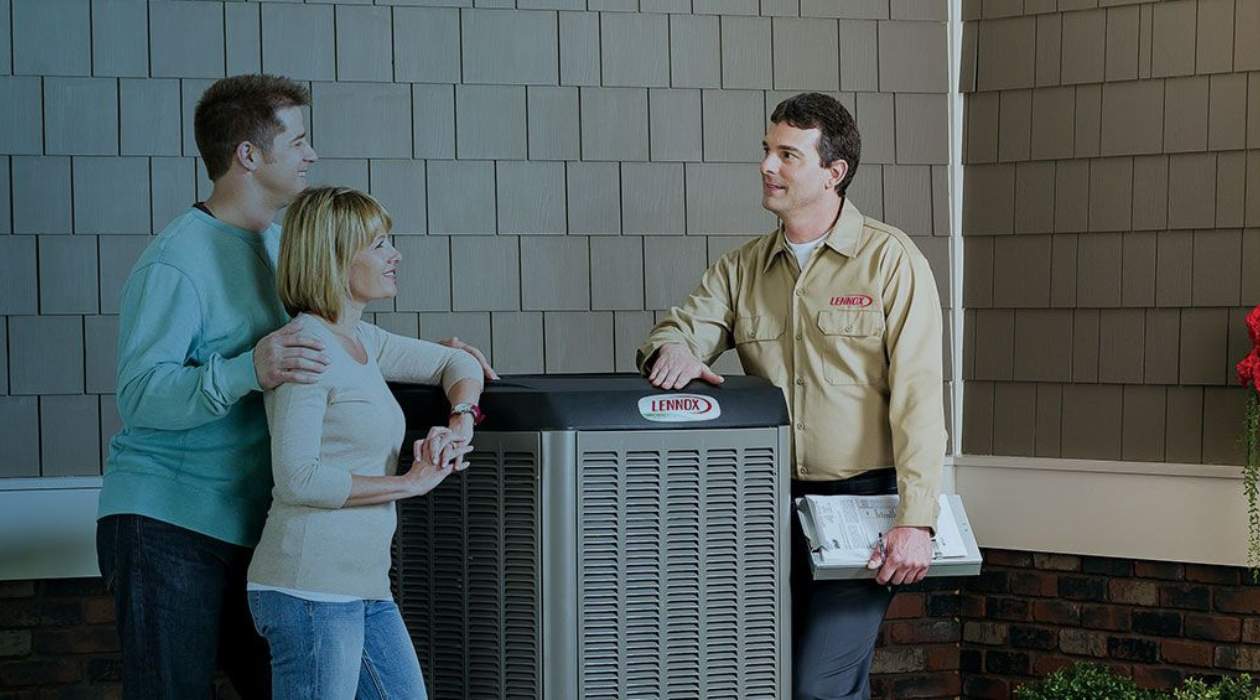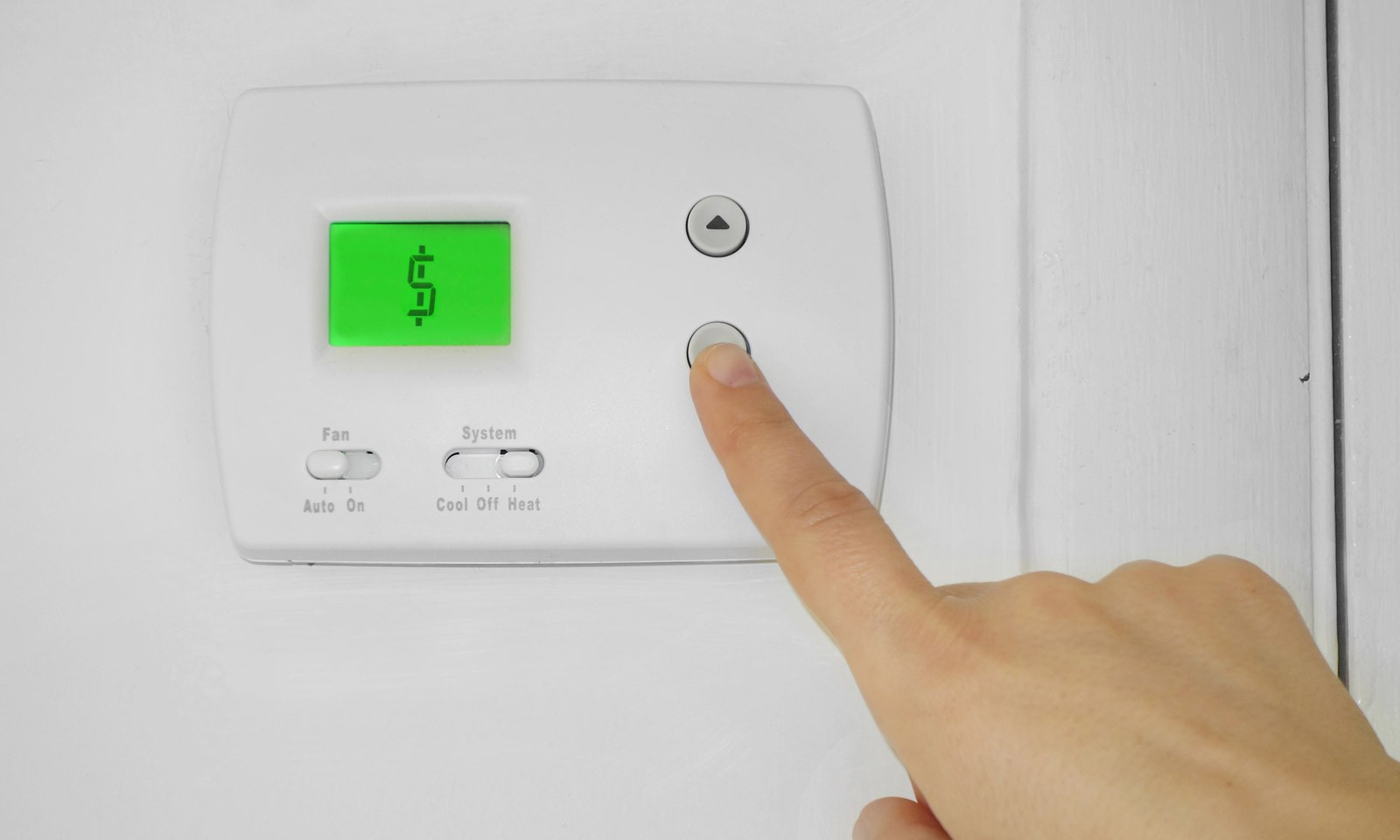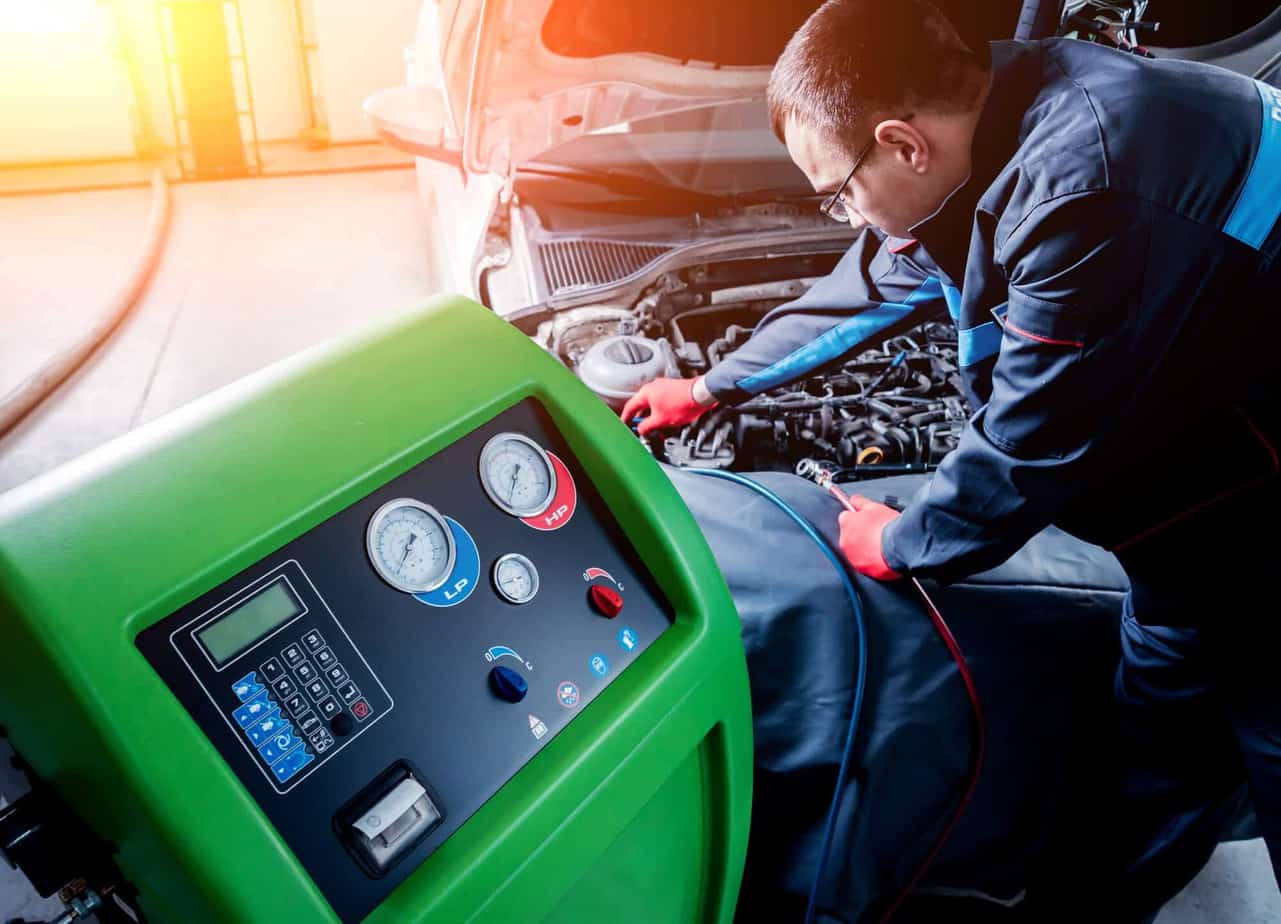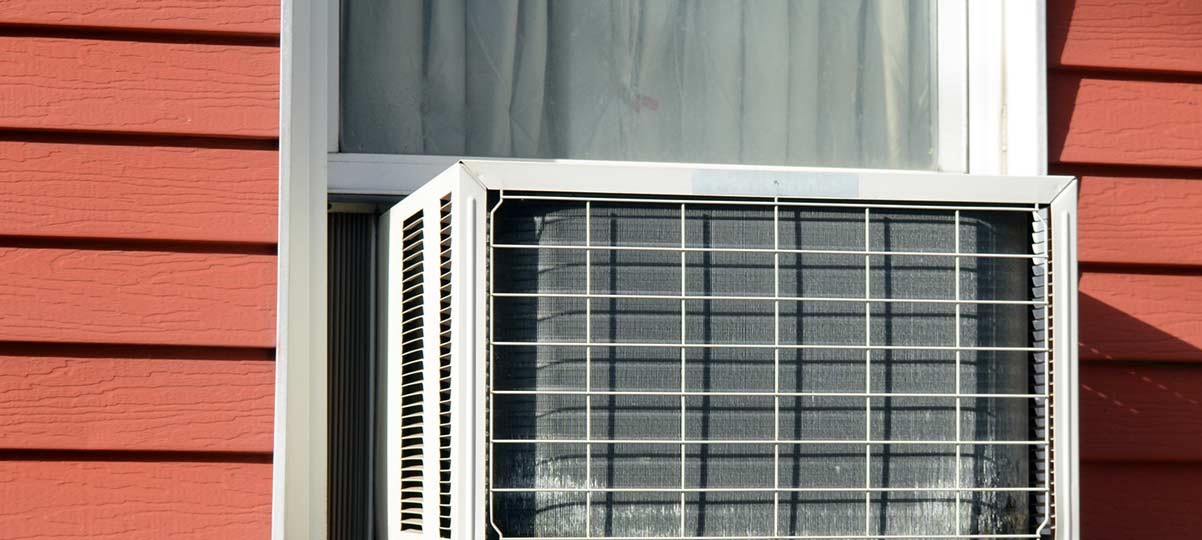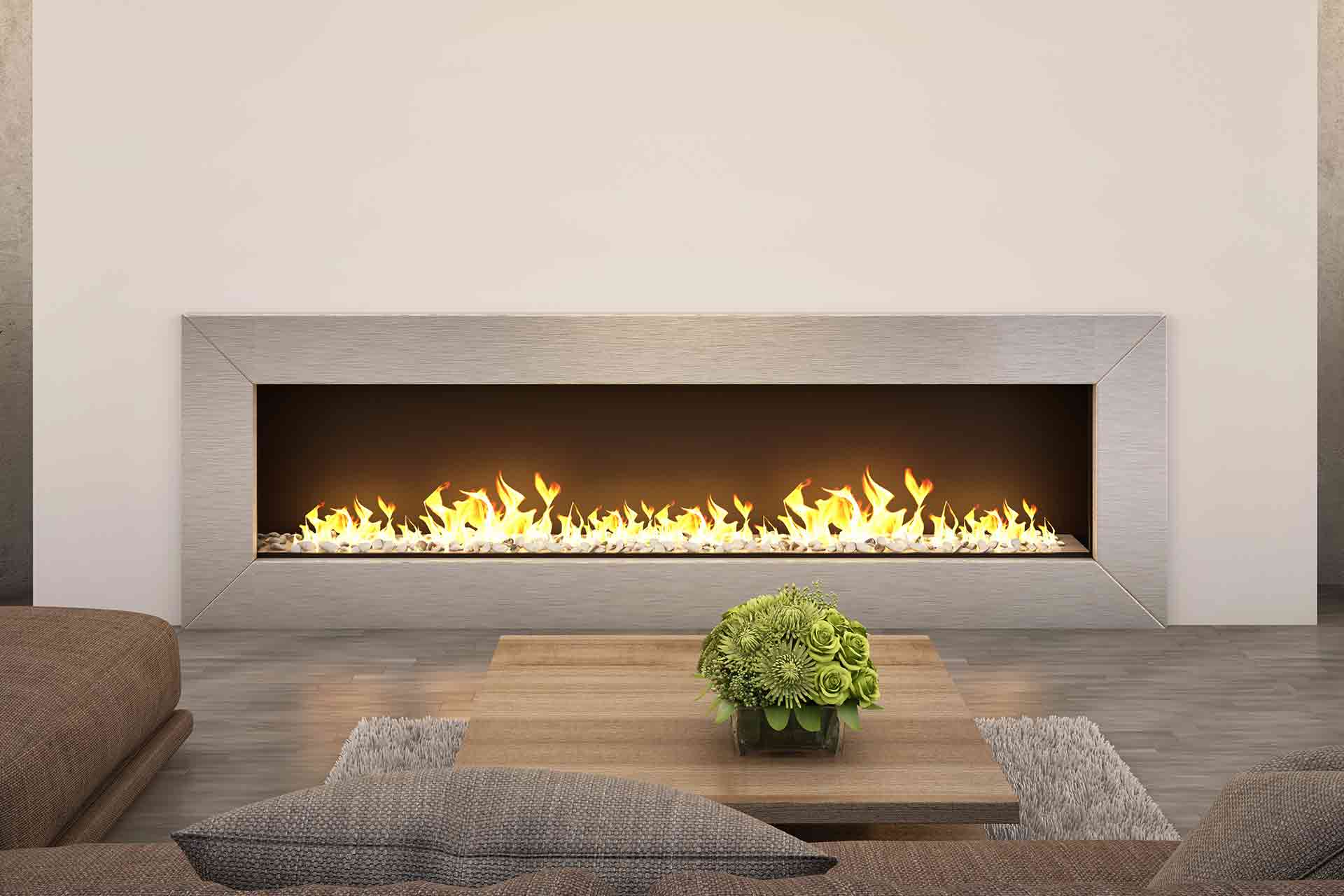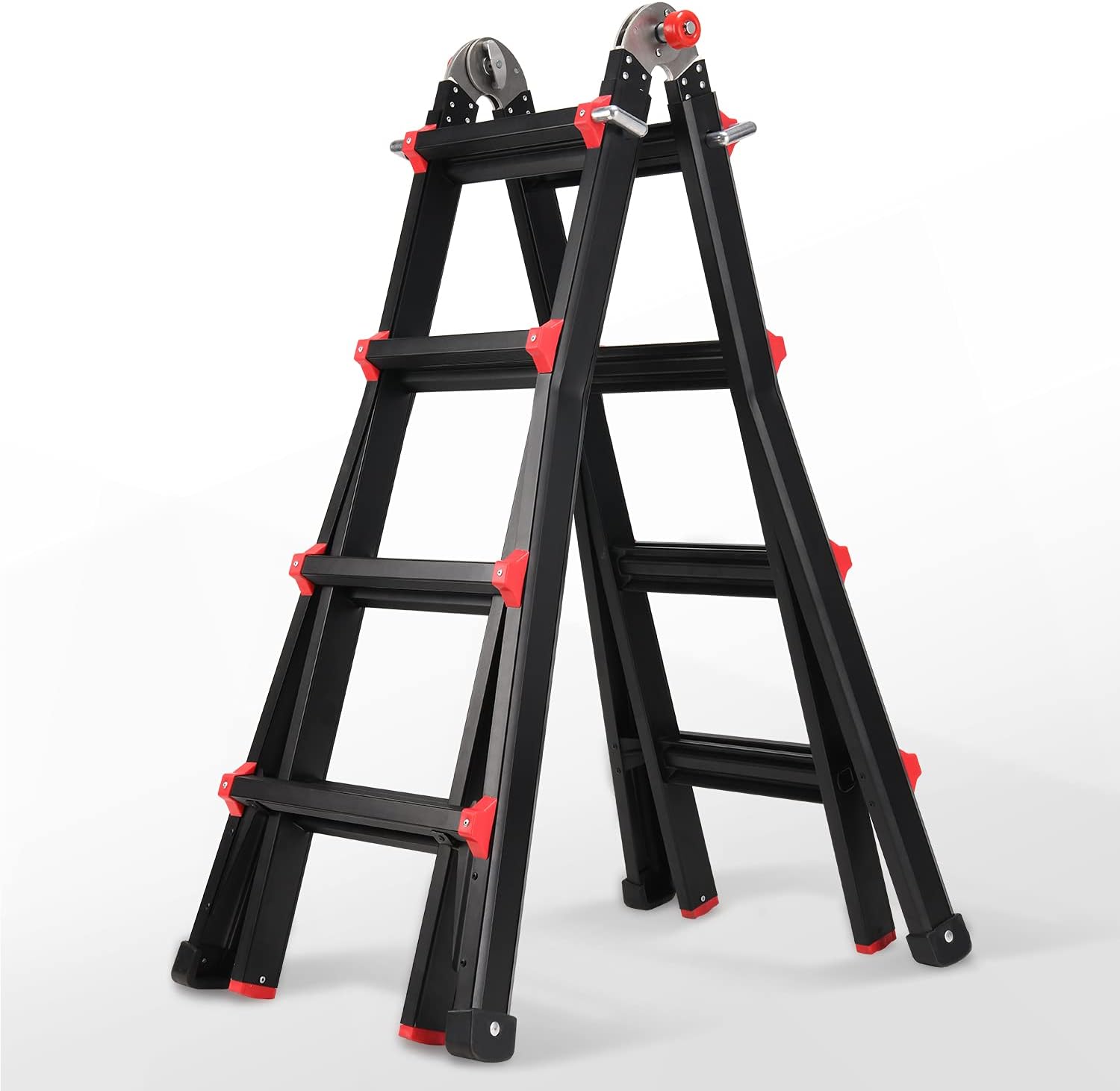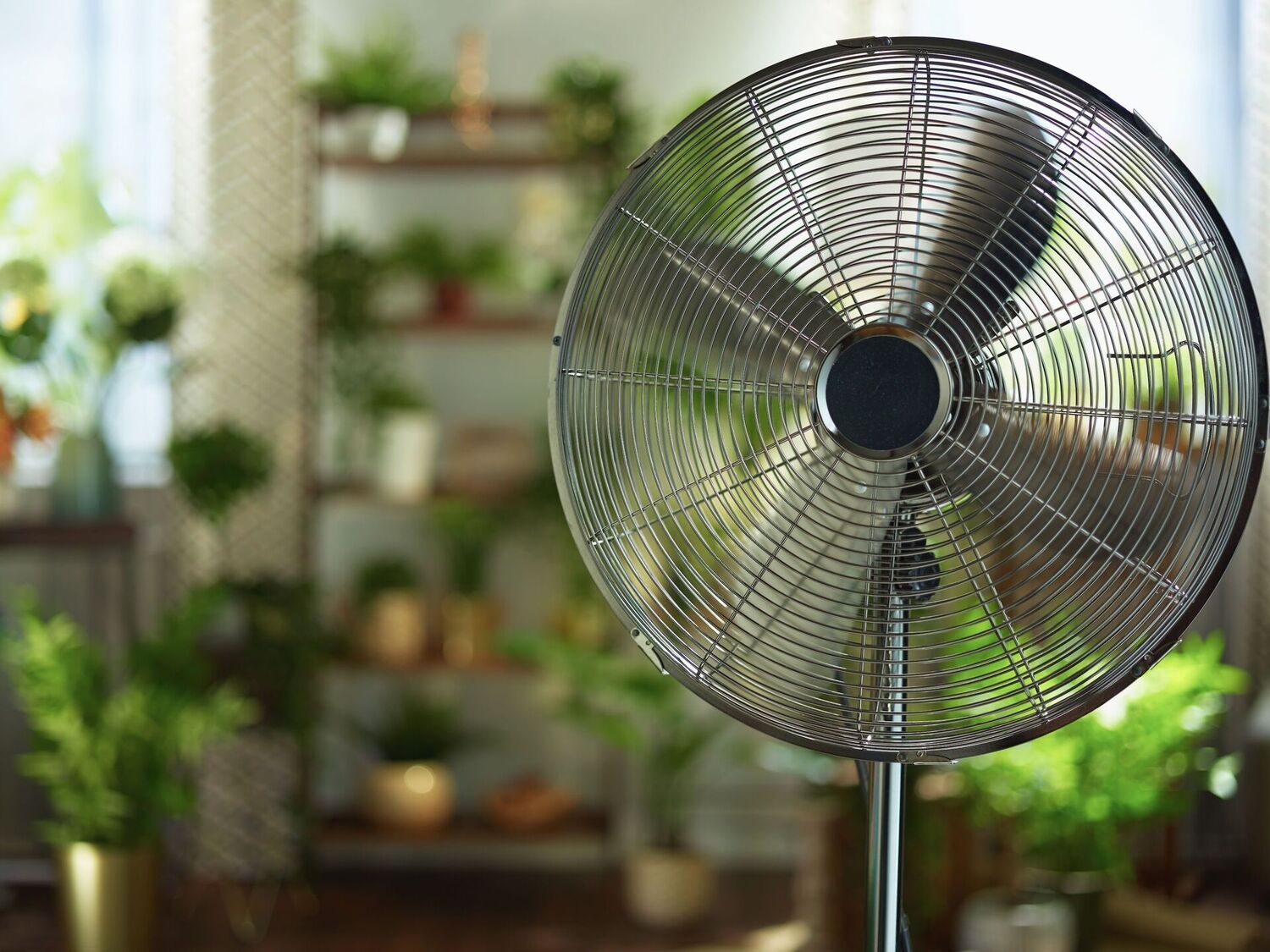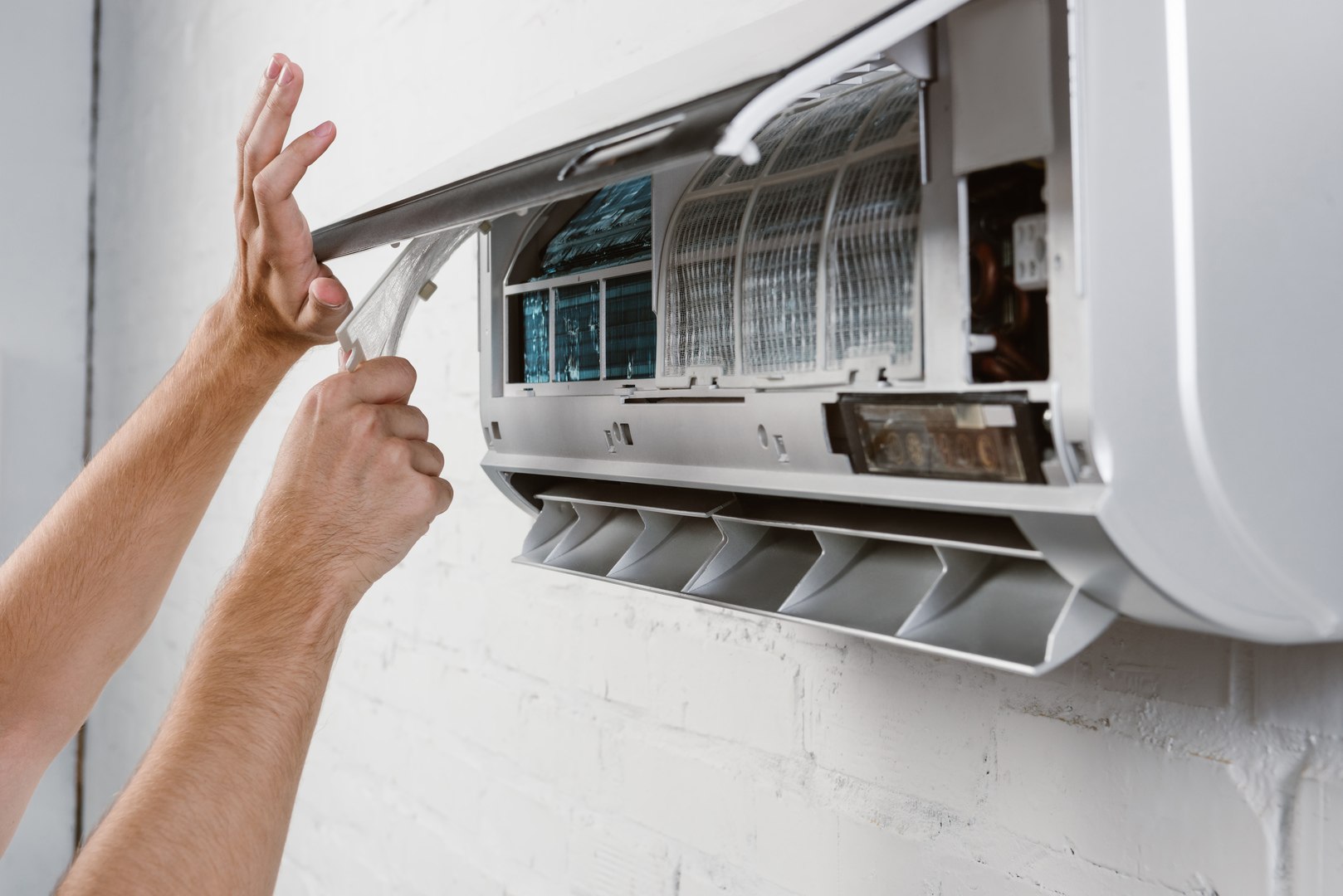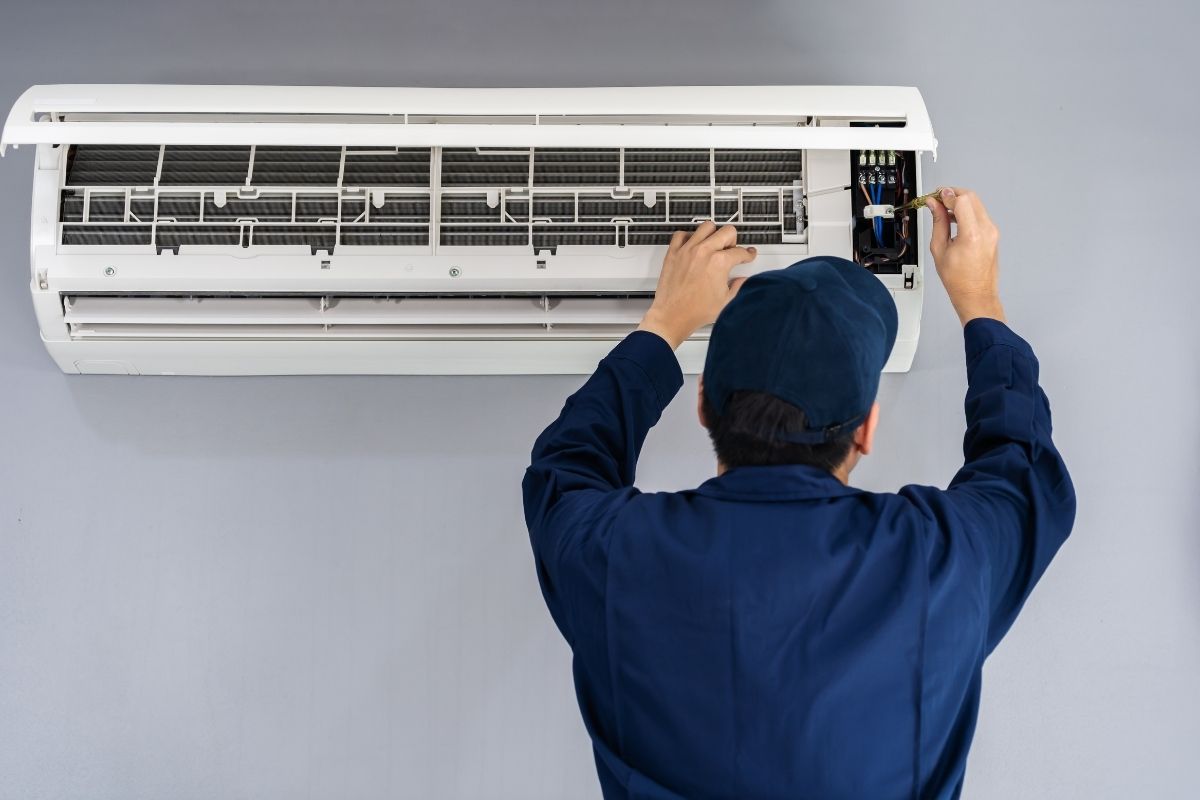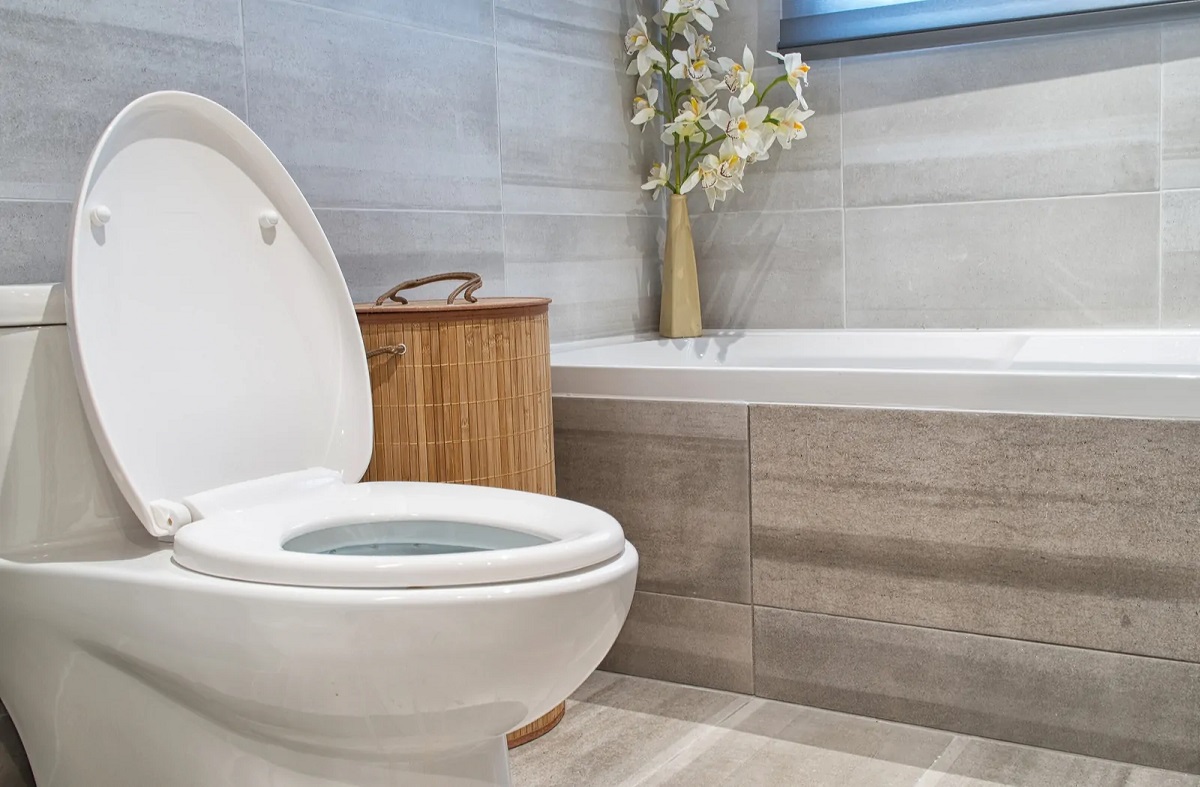Home>Home Maintenance>How Much Does It Cost To Run An Air Conditioner
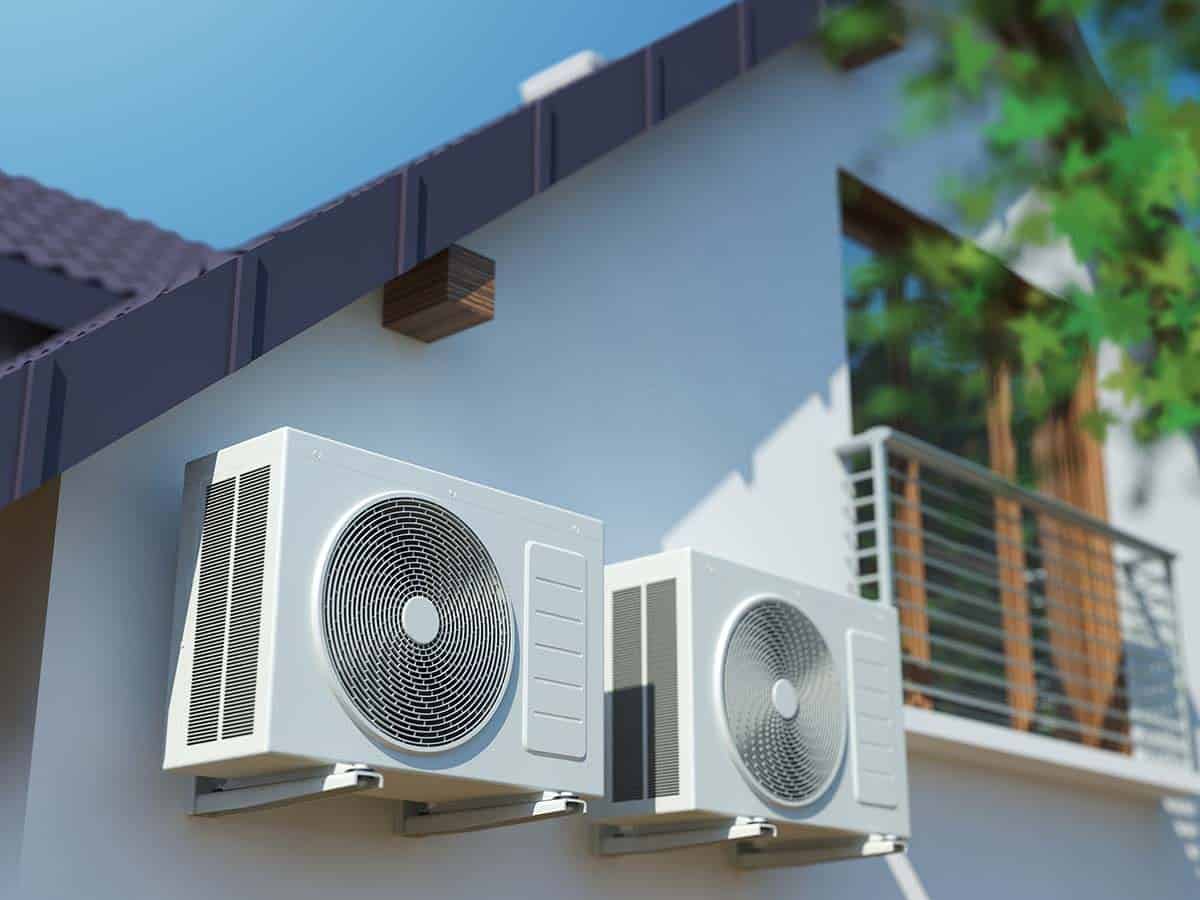

Home Maintenance
How Much Does It Cost To Run An Air Conditioner
Modified: October 20, 2024
Find out the average cost of running an air conditioner and get tips on home maintenance to keep your AC efficient. Save money and stay cool!
(Many of the links in this article redirect to a specific reviewed product. Your purchase of these products through affiliate links helps to generate commission for Storables.com, at no extra cost. Learn more)
Introduction
Running an air conditioner is essential to keep your home cool and comfortable, especially during the scorching summer months. However, many homeowners are concerned about the cost of keeping their air conditioning units running all day long. Whether you’ve recently purchased a new air conditioner or are looking to estimate the energy consumption of your existing unit, it’s crucial to understand the factors that contribute to the cost of running an air conditioner.
In this article, we will explore the various factors that affect the cost of running an air conditioner and provide you with tips on how to optimize energy usage to minimize expenses. By understanding these factors and implementing energy-efficient practices, you can ensure a comfortable living environment while keeping your electricity bills under control.
So, let’s delve into the details and discover the key factors that determine the cost of running an air conditioner. By the end of this article, you’ll have a clear understanding of how to effectively manage your air conditioning expenses and achieve a balance between comfort and cost-effectiveness.
Key Takeaways:
- Understanding the factors that affect air conditioner costs, like size, insulation, and thermostat settings, can help homeowners make informed decisions to save money while staying cool.
- Calculating electricity consumption and considering SEER ratings can empower homeowners to choose energy-efficient air conditioners, reduce expenses, and contribute to a greener environment.
Factors Affecting the Cost of Running an Air Conditioner
Several factors contribute to the overall cost of running an air conditioner. By understanding these factors, you can make informed decisions to optimize energy consumption and reduce your expenses. Let’s take a closer look at the key elements that impact the cost of operating an air conditioning unit.
1. Unit Size and Capacity: The size and capacity of your air conditioner play a significant role in determining its energy consumption and, consequently, its operating costs. A larger air conditioner may be necessary for cooler climates or larger spaces, but it will consume more electricity. Conversely, a smaller unit may use less energy, but it may struggle to adequately cool larger areas.
2. Energy Efficiency Ratings: Air conditioners come with Energy Efficiency Ratings (EER) and Seasonal Energy Efficiency Ratios (SEER). Higher EER and SEER ratings indicate greater energy efficiency, which leads to lower operating costs. When purchasing a new air conditioner, look for units with higher ratings to save on your energy bills in the long run.
3. Insulation and Home Efficiency: The level of insulation in your home affects the efficiency of your air conditioner. A well-insulated home retains cool air, reducing the workload on your air conditioning unit. Additionally, drafty windows or doors can allow cool air to escape, making your unit work harder. By having proper insulation and sealing any leaks, you can reduce the strain on your air conditioner and save on operating costs.
4. Thermostat Settings: The temperature set on your thermostat directly impacts the energy consumption of your air conditioning unit. Setting the thermostat to a lower temperature will cause the unit to work harder and consume more electricity. Consider setting your thermostat to a slightly higher temperature or utilizing programmable thermostats to optimize energy usage and reduce expenses.
5. Climate and Usage Patterns: The climate of your location and your usage patterns also play a role in determining the cost of operating an air conditioner. If you live in an area with extremely high temperatures, your unit will have to work harder and consume more energy to maintain a comfortable indoor temperature. Additionally, the frequency and duration of air conditioner usage also affect energy consumption and subsequent costs.
It’s essential to consider these factors when estimating the cost of running an air conditioner. By understanding their impact, you can make informed choices about your unit’s size, energy efficiency, and usage patterns to minimize operating costs and achieve an optimal balance between comfort and affordability.
Energy Efficiency Ratings
When it comes to air conditioners, energy efficiency ratings are crucial in determining how efficiently a unit uses electricity. These ratings provide valuable information about a unit’s energy consumption and can help homeowners make informed decisions when purchasing or operating an air conditioner. Here are the key energy efficiency ratings to be aware of:
1. Energy Efficiency Ratio (EER): The Energy Efficiency Ratio measures the cooling capacity of an air conditioner in relation to the electricity it consumes. It is calculated by dividing the unit’s cooling capacity (in BTUs) by its power consumption (in watts). The higher the EER, the more energy-efficient the air conditioner. Look for units with a higher EER as they will consume less energy and save you money in the long run.
2. Seasonal Energy Efficiency Ratio (SEER): The Seasonal Energy Efficiency Ratio is another important rating to consider when evaluating the energy efficiency of an air conditioner. SEER takes into account the unit’s performance over an entire cooling season. It considers both the cooling capacity and the energy consumption during different temperature conditions. The higher the SEER rating, the more energy-efficient the unit. In many regions, a minimum SEER rating is required by building codes. Look for units with a SEER of 14 or higher for optimal energy efficiency.
3. Energy Star Certification: Air conditioners that have earned the Energy Star certification meet strict guidelines for energy efficiency set by the Environmental Protection Agency (EPA). Energy Star-rated units must meet certain energy efficiency requirements, offering energy savings without sacrificing performance. By choosing an Energy Star-certified air conditioner, you can be confident that your unit is designed to consume less energy and help reduce your carbon footprint.
It’s important to note that while units with higher energy efficiency ratings often have a higher upfront cost, they can result in significant long-term savings due to reduced energy consumption. By investing in an energy-efficient air conditioner, you not only benefit financially but also contribute to environmental sustainability.
It’s worth mentioning that regular maintenance and proper usage are essential for optimal energy efficiency. Routine checks, such as cleaning or replacing filters, ensuring proper airflow, and scheduling professional tune-ups, can enhance the efficiency and performance of your air conditioner.
By understanding and considering the energy efficiency ratings of air conditioners, you can make informed decisions when purchasing a new unit or optimizing the energy consumption of your existing one. Look for air conditioners with higher EER and SEER ratings, as well as Energy Star certification, to maximize energy savings and reduce your overall operating costs.
Calculation of Electricity Consumption
Understanding the electricity consumption of your air conditioner is vital for estimating the cost of running it. By calculating the unit’s electricity consumption, you can make informed decisions about energy usage and effectively manage your expenses. Here are the steps to calculate the electricity consumption of your air conditioner:
1. Identify the Power Consumption: Start by determining the power consumption of your air conditioner. This information is usually provided on the unit’s specifications label or in the manufacturer’s documentation. Look for the power input rating, which is measured in watts (W), to find out how much electricity your air conditioner consumes.
2. Determine the Operating Time: Estimate the number of hours per day that your air conditioner is operational. This may vary depending on the climate, personal preference, and specific usage patterns. It’s helpful to track the actual usage over a few days to get an accurate average.
3. Calculate the Daily Electricity Consumption: Multiply the power consumption (in watts) by the operating time (in hours) to obtain the daily electricity consumption in watt-hours (Wh). For example, if your air conditioner consumes 1000 watts and runs for 8 hours a day, the daily electricity consumption would be 8000 watt-hours or 8 kilowatt-hours (kWh).
4. Estimate the Monthly and Annual Consumption: To determine the monthly electricity consumption, multiply the daily consumption (in kWh) by the number of days in a month. Similarly, to estimate the annual consumption, multiply the daily consumption (in kWh) by 365 (or the number of days in a year). This calculation will give you an idea of how much electricity your air conditioner consumes over an extended period.
5. Consider the Electricity Rate: To determine the cost of running your air conditioner, consider the electricity rate charged by your utility provider. Multiply the monthly or annual consumption (in kWh) by the electricity rate per kWh to calculate the cost. This information can be found on your electricity bill or by checking with your utility provider.
It’s important to note that these calculations provide estimates and might not account for variations in energy consumption due to fluctuations in temperature, usage patterns, or other factors. However, they serve as a useful guide to help you understand and manage the electricity consumption of your air conditioner.
By knowing the specific power consumption and applying these calculations, you can gain insights into the energy usage and associated costs of running your air conditioner. This knowledge can help you make informed decisions to optimize energy consumption and reduce your overall expenses. Additionally, it enables you to compare the electricity consumption of different air conditioner models when considering a new purchase, allowing you to choose the most energy-efficient option that aligns with your budget and needs.
Consider using a programmable thermostat to regulate the temperature and save on energy costs. Set it higher when you’re away and lower when you’re home.
Average Cost Per Hour of Running an Air Conditioner
Determining the average cost per hour of running an air conditioner requires considering various factors, including the unit’s electricity consumption, the local electricity rate, and the specific usage patterns. While the exact cost may vary depending on these factors, we can provide you with a general framework for estimating the average cost per hour of running an air conditioner.
To calculate the average cost per hour, follow these steps:
1. Calculate the Daily Electricity Consumption: As mentioned earlier, calculate the daily electricity consumption of your air conditioner by multiplying the power consumption (in watts) by the operating time (in hours). For example, if your air conditioner consumes 1000 watts and runs for 8 hours a day, the daily electricity consumption would be 8000 watt-hours or 8 kilowatt-hours (kWh).
2. Determine the Electricity Cost: Identify the electricity rate charged by your utility provider. This information can usually be found on your electricity bill or by contacting your utility company. The electricity rate is typically measured in cost per kilowatt-hour (kWh).
3. Calculate the Daily Cost: Multiply the daily electricity consumption (in kWh) by the electricity rate per kilowatt-hour (kWh). This will give you the daily cost of running your air conditioner.
4. Estimate the Hourly Cost: To calculate the average cost per hour, divide the daily cost by the number of hours your air conditioner runs. This will provide you with an estimate of the cost per hour of operation.
It’s important to note that this is a basic calculation and does not account for fluctuations in electricity rates, usage patterns, or other factors that may influence the overall cost of running an air conditioner. Additionally, electricity rates can vary depending on the time of day (such as peak and off-peak rates) or different pricing tiers.
To get a more accurate estimate of the cost per hour, it’s advisable to monitor your air conditioner’s energy consumption and record the corresponding electricity costs over a given period. This can help you determine an average cost per hour based on your specific circumstances.
Remember, there are several strategies you can implement to reduce the cost per hour of running your air conditioner. These include setting your thermostat to a slightly higher temperature, improving the insulation in your home, using ceiling fans to circulate air, and scheduling regular maintenance to ensure your air conditioner operates efficiently.
By understanding the average cost per hour and implementing energy-efficient practices, you can effectively manage your air conditioning expenses and strike a balance between comfort and cost-effectiveness.
Seasonal Energy Efficiency Ratio (SEER)
The Seasonal Energy Efficiency Ratio (SEER) is a critical rating that measures the energy efficiency of air conditioning units. It represents the cooling output of an air conditioner during a typical cooling season relative to the energy consumed. Understanding SEER ratings can help homeowners make informed decisions when purchasing an air conditioner and assess the unit’s energy efficiency. Let’s explore the key aspects of SEER in more detail:
1. How SEER is Calculated: SEER is calculated by dividing the cooling output (measured in British Thermal Units or BTUs) over a typical cooling season by the total electrical energy consumed (measured in watt-hours). The result denotes the number of BTUs of cooling provided per watt-hour of electricity consumed during the season.
2. Higher SEER Ratings Indicate Greater Efficiency: Air conditioners with higher SEER ratings are more energy-efficient. They provide more cooling output for each unit of electrical energy consumed, which results in lower energy bills. In many regions, a minimum SEER rating is mandated by building codes. Look for air conditioners with SEER ratings of 14 or higher for optimal energy efficiency.
3. Energy Savings with Higher SEER Ratings: Upgrading to a higher SEER-rated air conditioner can lead to significant energy savings. As an example, a unit with a SEER rating of 16 could save approximately 30% more energy compared to a unit with a SEER rating of 12. Over time, this translates to substantial cost savings on your utility bills.
4. Environmental Benefits: Opting for air conditioners with higher SEER ratings not only reduces energy consumption but also contributes to environmental sustainability. By consuming less energy, these units help decrease greenhouse gas emissions associated with electricity generation, promoting a cleaner and greener environment.
5. Factors Influencing SEER Ratings: Several factors can impact the SEER rating of an air conditioner. These include the efficiency of components (such as compressors and motors), design factors, advancements in technology, and regulatory standards. Manufacturers now strive to develop air conditioners with higher SEER ratings to meet energy efficiency regulations and address consumer demand for eco-friendly solutions.
6. Considerations before Purchasing: When purchasing an air conditioner, it’s essential to evaluate your specific needs, budget, and climatic conditions. While higher SEER-rated units offer greater energy efficiency, they often come with a higher upfront cost. Consider factors such as the frequency of use, climate, and expected energy savings to make an informed decision based on your unique circumstances.
It’s crucial to note that SEER ratings are a valuable tool but should not be the sole determining factor when selecting an air conditioner. Consider other factors, such as the size and capacity of the unit, your specific cooling requirements, and the reputation and reliability of the manufacturer.
By understanding the significance of SEER ratings, you can choose an air conditioner that balances energy efficiency, performance, and cost-effectiveness. Investing in a higher SEER-rated unit not only lowers your energy bills but also contributes to a more sustainable and environmentally friendly home cooling solution.
Tips for Reducing Air Conditioning Costs
Air conditioning can significantly impact your energy bills, especially during hot summer months. However, implementing some energy-saving strategies can help you reduce your air conditioning costs without compromising on comfort. Here are some tips to lower your air conditioning expenses:
1. Set Your Thermostat Wisely: Raise the thermostat temperature a few degrees. Each degree you increase can save you up to 3% on your cooling costs. Set it to a comfortable level, but avoid unnecessarily cooling your home when you’re not there.
2. Utilize Ceiling Fans: Use ceiling fans to enhance air circulation and create a cooling effect. This allows you to set your thermostat a few degrees higher while still maintaining the same level of comfort. Remember to turn off fans in unoccupied rooms to maximize efficiency.
3. Improve Insulation: Proper insulation can significantly reduce heat transfer through walls, ceilings, and windows. Seal any cracks or gaps around doors and windows to prevent cool air from escaping and hot air from entering your home. Consider using insulating window films or shades to block excess heat.
4. Keep Doors and Windows Closed: Ensure that doors and windows are closed when your air conditioner is running. This helps maintain a consistent temperature inside your home, preventing cool air from escaping and hot air from entering.
5. Use Programmable Thermostats: Consider installing programmable thermostats to automate temperature settings based on your lifestyle. Set higher temperatures when you’re away or asleep, and lower temperatures when you’re at home. This can help optimize energy usage and save on cooling costs.
6. Perform Regular Maintenance: Schedule regular maintenance for your air conditioning unit to improve its efficiency. Clean or replace air filters regularly to ensure proper airflow and reduce strain on the system. Additionally, clean the evaporator and condenser coils to maximize cooling efficiency.
7. Utilize Natural Ventilation: Take advantage of cooler evening and early morning temperatures by opening windows and using natural ventilation to cool your home. This provides a break for your air conditioning system and reduces energy consumption.
8. Consider Shade and Landscaping: Providing shading for your home can help reduce heat gain. Planting trees or installing exterior awnings can block direct sunlight and keep your home cooler. Additionally, minimizing heat-absorbing surfaces and using light-colored roofing materials can also help mitigate heat buildup.
9. Use Energy-Efficient Air Conditioners: When upgrading or purchasing a new air conditioner, look for models with higher SEER ratings and energy-efficient features. Energy Star-certified units meet strict energy efficiency guidelines set by the Environmental Protection Agency (EPA) and can result in significant energy savings.
10. Avoid Heat-Generating Activities: During the hottest parts of the day, minimize activities that generate heat, such as using the oven or running appliances. Opt for grilling outdoors or using smaller appliances that produce less heat indoors.
By implementing these tips, you can reduce your air conditioning costs while maintaining a comfortable indoor environment. Remember to be mindful of energy usage and make energy-saving practices a part of your daily routine. Small changes can add up to significant savings over time, benefiting both your wallet and the environment.
Conclusion
Running an air conditioner is a necessity for many homeowners, but the cost of keeping it running efficiently can be a concern. By understanding the factors that affect the cost of running an air conditioner and implementing energy-saving strategies, you can effectively manage your expenses while enjoying a cool and comfortable home.
Factors such as the size and capacity of your unit, energy efficiency ratings like SEER, insulation, thermostat settings, climate, and usage patterns all contribute to the overall cost of running an air conditioner. By considering these factors when purchasing or operating your unit, you can make informed decisions to optimize energy consumption and reduce costs.
Calculating the electricity consumption of your air conditioner helps you estimate the cost of running it. By knowing the power consumption, operating time, and electricity rate, you can determine the daily, monthly, and annual electricity consumption and associated costs. This information empowers you to make adjustments to your usage patterns and implement energy-efficient practices, ultimately reducing your overall expenses.
The Seasonal Energy Efficiency Ratio (SEER) is a crucial rating to consider when choosing an air conditioner. Units with higher SEER ratings offer greater energy efficiency, resulting in reduced energy consumption and cost savings. When purchasing a new air conditioner, look for units with higher SEER ratings and consider Energy Star-certified models for optimal efficiency and environmental benefits.
Furthermore, implementing tips for reducing air conditioning costs can help you further optimize your energy usage. Setting your thermostat wisely, utilizing ceiling fans, improving insulation, keeping doors and windows closed, and performing regular maintenance are simple yet effective strategies to achieve energy savings. Additionally, considering natural ventilation, shade, and landscaping can complement your air conditioning efforts and reduce your reliance on the cooling system.
In conclusion, managing the cost of running an air conditioner involves a combination of understanding the factors that impact the cost, calculating electricity consumption, considering energy efficiency ratings like SEER, and implementing energy-saving strategies. By being mindful of your usage and making informed decisions, you can strike a balance between comfort and cost-effectiveness while enjoying a cool and energy-efficient home.
Frequently Asked Questions about How Much Does It Cost To Run An Air Conditioner
Was this page helpful?
At Storables.com, we guarantee accurate and reliable information. Our content, validated by Expert Board Contributors, is crafted following stringent Editorial Policies. We're committed to providing you with well-researched, expert-backed insights for all your informational needs.
